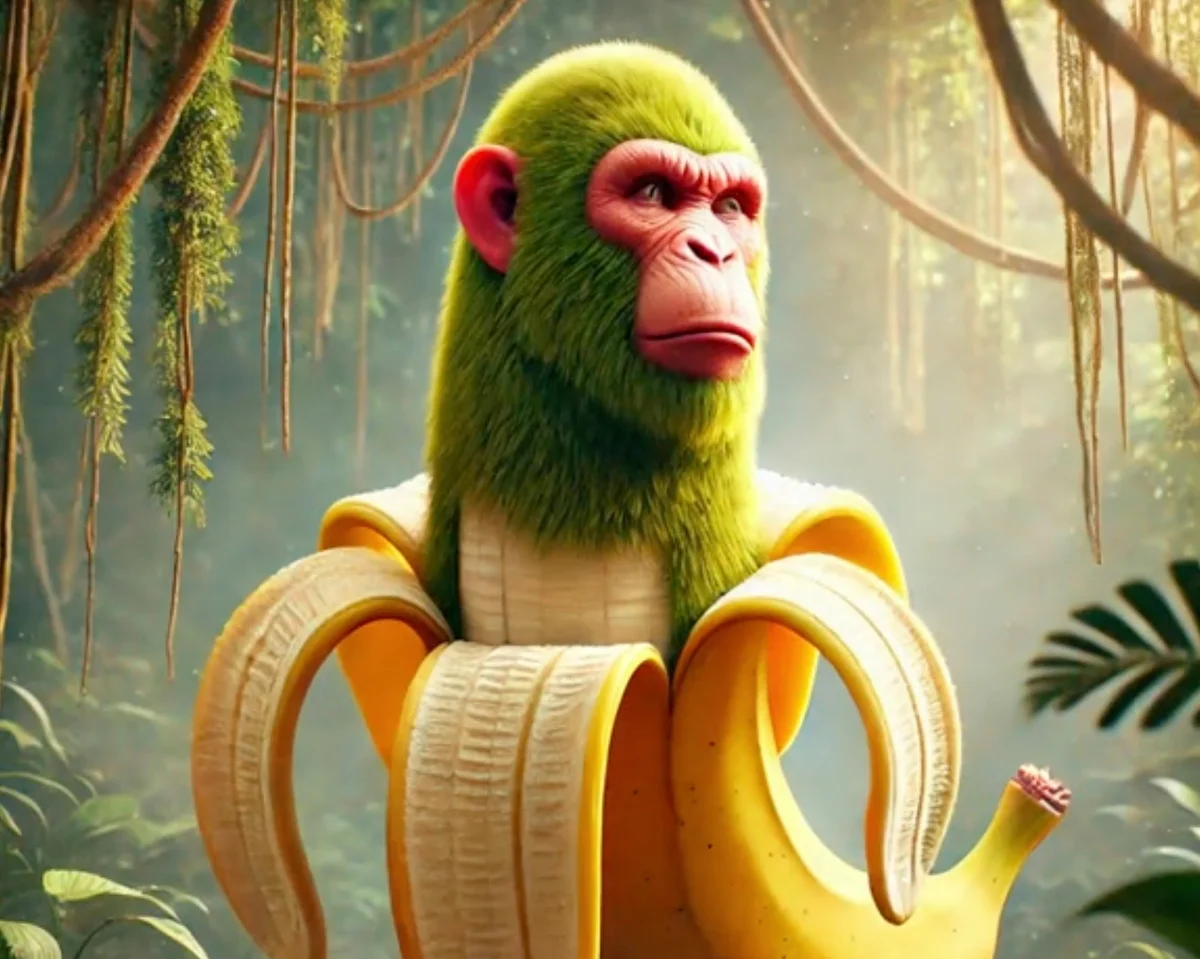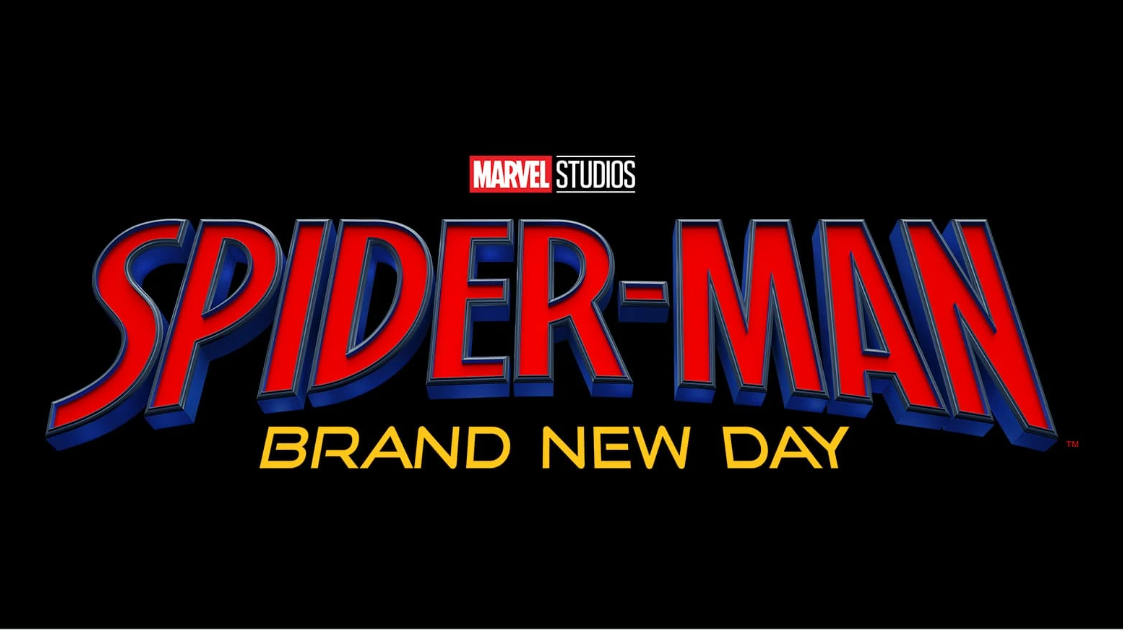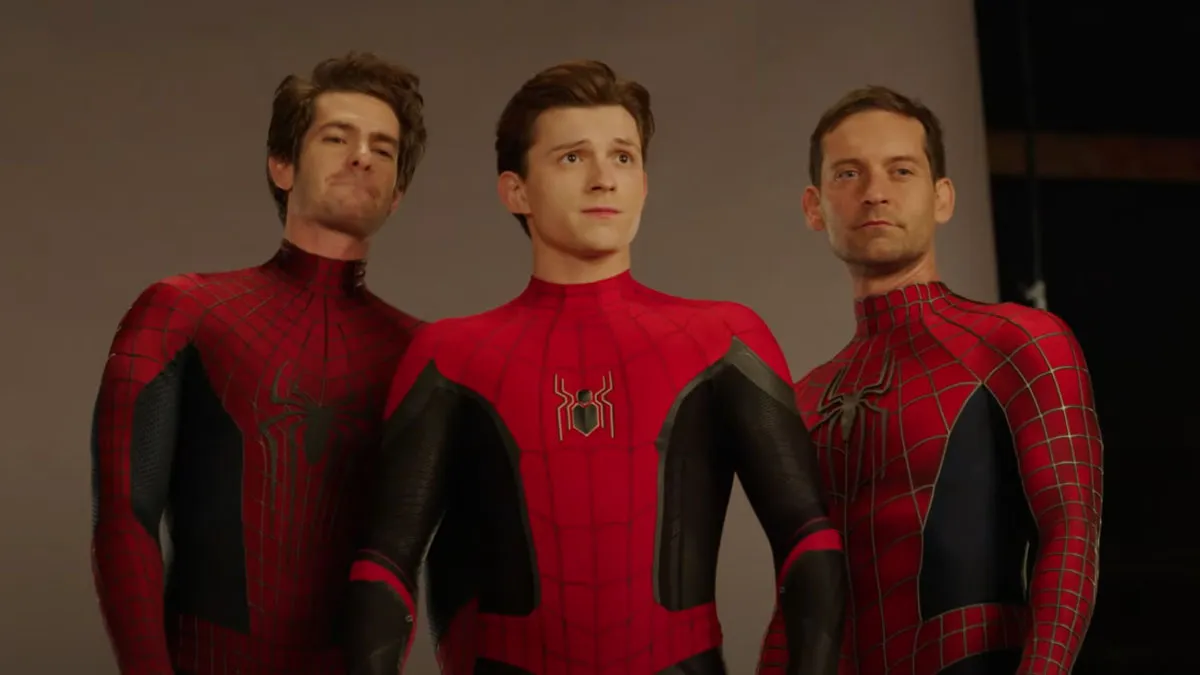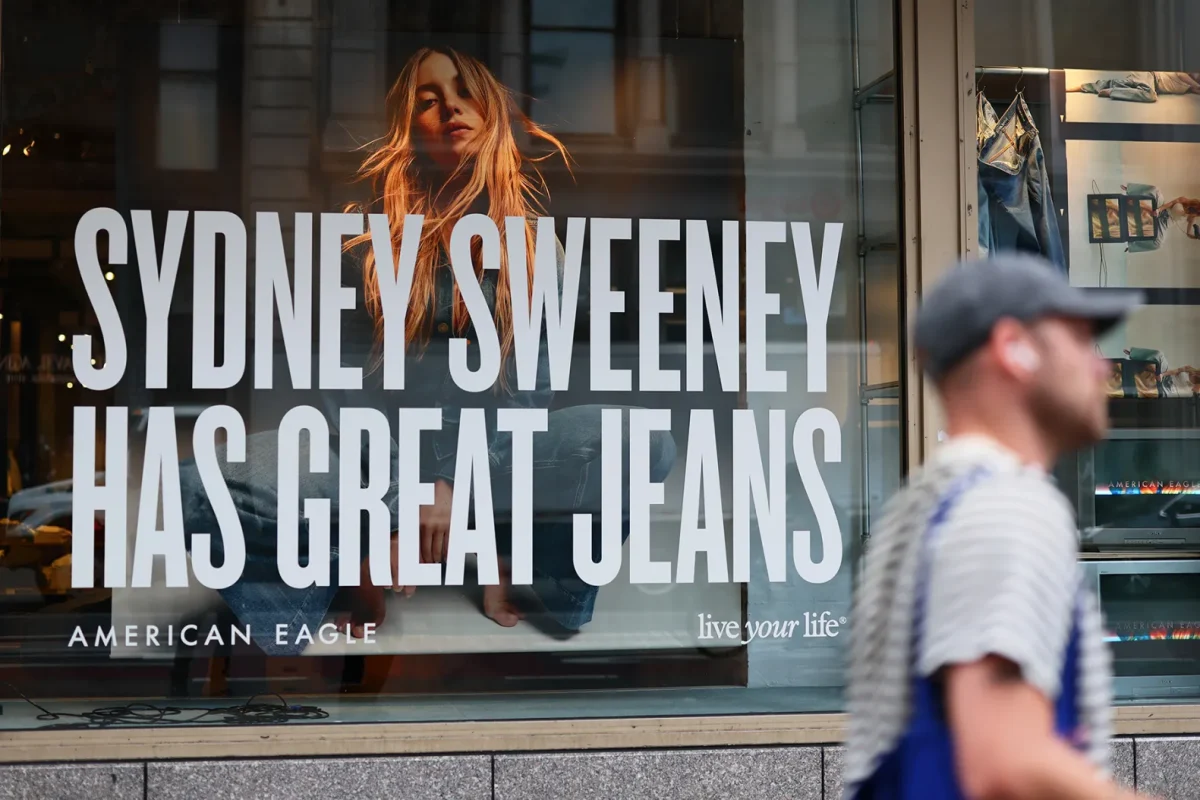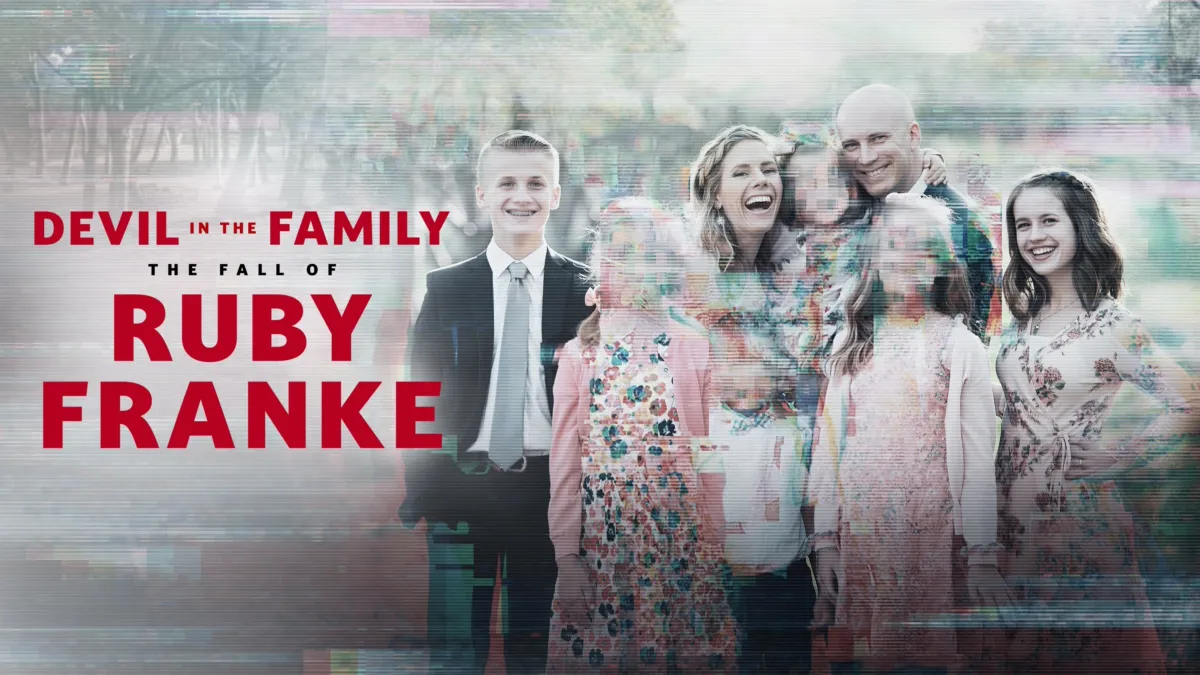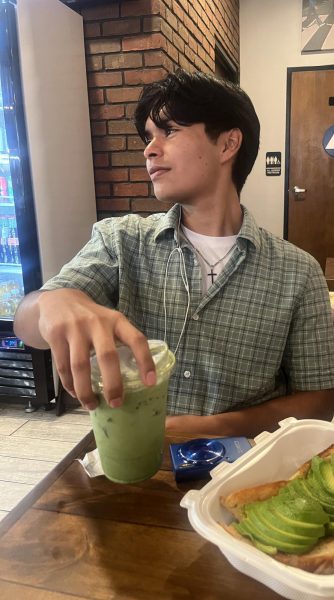Social media is evolving in previously unthinkable ways thanks to artificial intelligence. Influencers created by AI are growing in strength on sites like Instagram and TikTok. They appear almost genuine, behave like people, and are forming alliances with international companies that previously only collaborated with conventional celebrities.
Their appeal to companies is obvious. The Financial Times claims that advertisers are drawn to AI influencers due to their control, reliability, and round-the-clock accessibility. They can be infinitely tailored to fit brand requirements and, unlike human influencers, are never subject to scheduling conflicts or public controversies. Additionally, according to the Financial Times, AI influencers are proliferating and are already attracting significant sponsorships, even though human influencers currently have superior engagement rates.
The Business of Bots
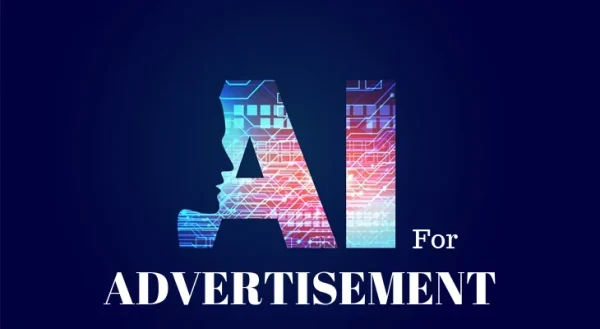 Examples demonstrate the effectiveness of these AI influencers. People magazine recently reported on a case in which a virtual model named Mia Zelu gained popularity after sharing pictures that appeared to show her at Wimbledon. She had never been there, which was the catch. Her fully AI-generated photos deceived thousands of followers and sparked online discussions about authenticity.
Examples demonstrate the effectiveness of these AI influencers. People magazine recently reported on a case in which a virtual model named Mia Zelu gained popularity after sharing pictures that appeared to show her at Wimbledon. She had never been there, which was the catch. Her fully AI-generated photos deceived thousands of followers and sparked online discussions about authenticity.
The fashion industry offers yet another compelling illustration. One of the biggest apparel brands in the world, H&M, launched a campaign with the chatbot-style influencers Kuki. According to New York Magazine, the partnership resulted in an 11-fold boost in ad recall and a significant decrease in advertising expenses when compared to traditional video advertisements. This demonstrated how powerful AI influencers can be when incorporated into expert marketing plans.
Authenticity and Ethics
AI-generated content is flooding even regular feeds. Researchers have documented an increasing number of repetitive, low-effort AI-generated videos, commonly referred to as “AI slop,” that appear on users’ For You pages on Facebook, YouTube Shorts, Instagram Reels, and TikTok. Usually, these videos are visually stunning, low-budget clips created to take advantage of trends. Concerns of viewer fatigue, disinformation, and material quality are brought up by their widespread use. 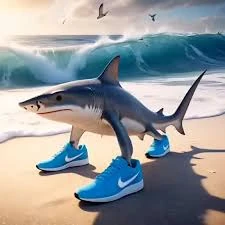
However, there are significant ethical issues with the increase in these figures. Since many audiences are unable to distinguish between genuine and virtual persons, critics are concerned about transparency. Concerns have also been raised around cultural representation, unattainable beauty standards, and the potential for listeners to be duped by fictional characters posing as actual voices. To prevent deceit, several businesses have already started marking AI-generated content, although this practice is not yet uniform across platforms.
What Comes Next?
Influencers in the future will likely be a combination of both human and artificial intelligence. Digital avatars cannot replace the lived experience, emotional connection, and authenticity that human creators provide. At the same time, brands looking to innovate find that AI influencers offer efficiency, flexibility, and creative opportunities. Experts anticipate a hybrid model where both types of influencers coexist, providing audiences with a blend of AI accuracy and human relatability, rather than one replacing the other.
AI influencers are here and are influencing feeds and brand strategies in real time, so they are no longer a sci-fi fantasy. Depending on how viewers, creators, and businesses decide to adjust, this change may enhance online culture or undermine authenticity. One thing is certain for the time being: the influencer economy will never be the same.

